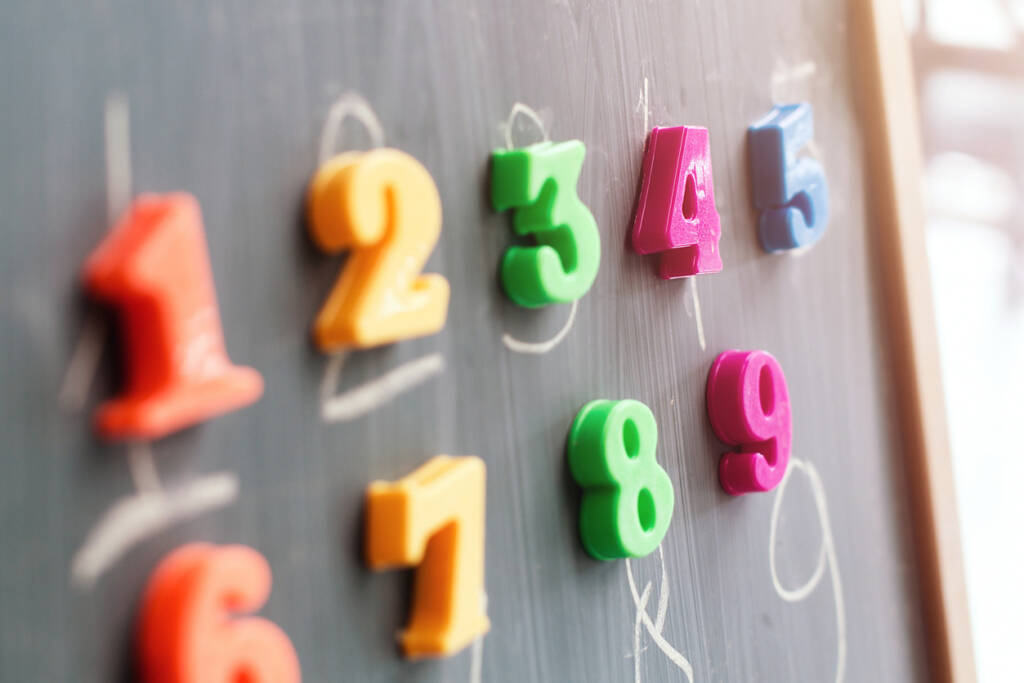
Elementary Math Grade K

The Elementary math courses inspire students to become critical thinkers and problem solvers. The learners use math as a tool to make sense of and understand the world around them. The courses include media that uses sight and sound to engage students. For example, rhymes, chants, songs, and videos help teach and practice foundational math skills. Students are provided with many practice opportunities that involve both on-screen and off-screen activities.
Please view the Elementary Parents Guide for Grades K-2 with guidance on helping your student transition to online learning and thrive at VLACS.
Major Topics and Concepts
Segment One
Counting and writing numbers 1–5
Rearranging groups with 2–5 objects
Identifying and writing 0
Using equal, greater than, and less than to compare groups to 5
Comparing groups to 5
Comparing numbers to 5
Counting and writing numbers 6–10
Rearranging groups with 6–10 objects
Using equal, greater than, and less than to compare groups to 10
Counting to compare groups to 10
Counting forward and backward within 10
Identifying 2-D shapes
Finding, sorting, and comparing 2-D shapes
Making composite shapes
Identifying 3-D shapes
Finding, sorting, and comparing 3-D shapes
Sorting objects into categories
Counting and comparing categories by counting
Segment Two
Representing addition as adding to
Representing addition as putting together
Identifying and using the plus sign
Solving addition equations within 10
Representing subtraction as taking apart
Solving real-world addition word problems
Developing addition fluency within 10
Identifying and using the minus sign
Solving subtraction equations within 10
Decomposing and representing numbers 5–10
Developing subtraction fluency within 10
Solving real-world subtraction word problems
Counting, writing, and rearranging numbers 11–20
Representing numbers 11–20
Counting to 100 by ones and tens
Counting from any number to 100
Comparing objects by using length, height, volume, and weight
Using nonstandard measurement
Course Materials
A pupil may enter kindergarten if his/her chronological age will be five before October 1st of the year of entering school. For a complete description of the policy, please see Policy JEB Age of Entrance.
To achieve success, students are expected to submit work in each course weekly. Students can learn at their own pace; however, “any pace” still means that students must make progress in the course every week. To measure learning, students complete self-checks, practice lessons, multiple choice questions, projects, discussion-based assessments, and discussions. Students and families are expected to maintain regular contact with teachers because, when teachers, students, and parents work together, students are successful.
Required Materials – Please view the list of materials before registering.

